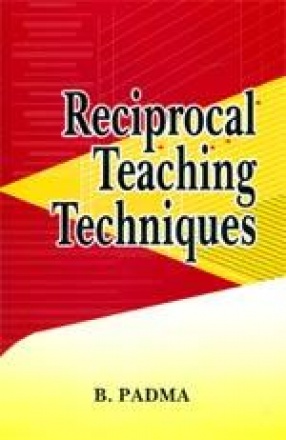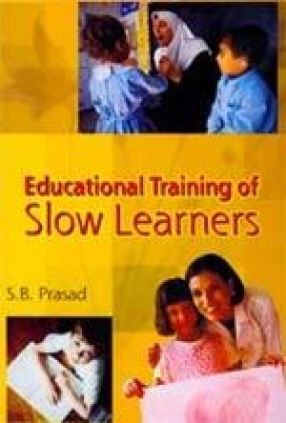Reciprocal Teaching is an instructional technique in which students and teacher take turns leading a dialogue about strategies for how to study some material. It is a form of apprenticeship and can be used with various curricula. Reciprocal Teaching parallels the new definition of reading that describes the process as a dynamic interaction between the reader and the text in the reader’s attempt to construct meaning from the text. Reciprocal Teaching is a model of constructivist learning. The main goal is to promote better Reading comprehension Reciprocal Teaching combines different techniques involving the who, what, and where, of learning. Learning groups are formed with a teacher and one or more students. They use a variety of different reading comprehension strategies to study a text passage in different ways. The teacher and students take turns being discussion leaders. The teacher can provide hints, feedback, and comments as needed. The discovery of Reciprocal Teaching Technique was based on cognitive science research, and its record of validation was bona fide: students’ reading comprehension improved in every trial and the results remained constant overtime. Among reading experts and practitioners, this technique had been heralded as effective in helping in students improve their reading ability in pre-post trials or research studies. Additionally, Reciprocal Teaching helps novice readers learn and internalize in a short time the strategies excellent readers employ, and they are able to retain the skills and apply them in other content area subjects.
Reciprocal Teaching Techniques
In stock
Free & Quick Delivery Worldwide
reviews
Bibliographic information
Title
Reciprocal Teaching Techniques
Author
Edition
1st ed.
Publisher
ISBN
9788131303719
Length
v+161p., Tables; Bibliography; 24cm.
Subjects





There are no reviews yet.